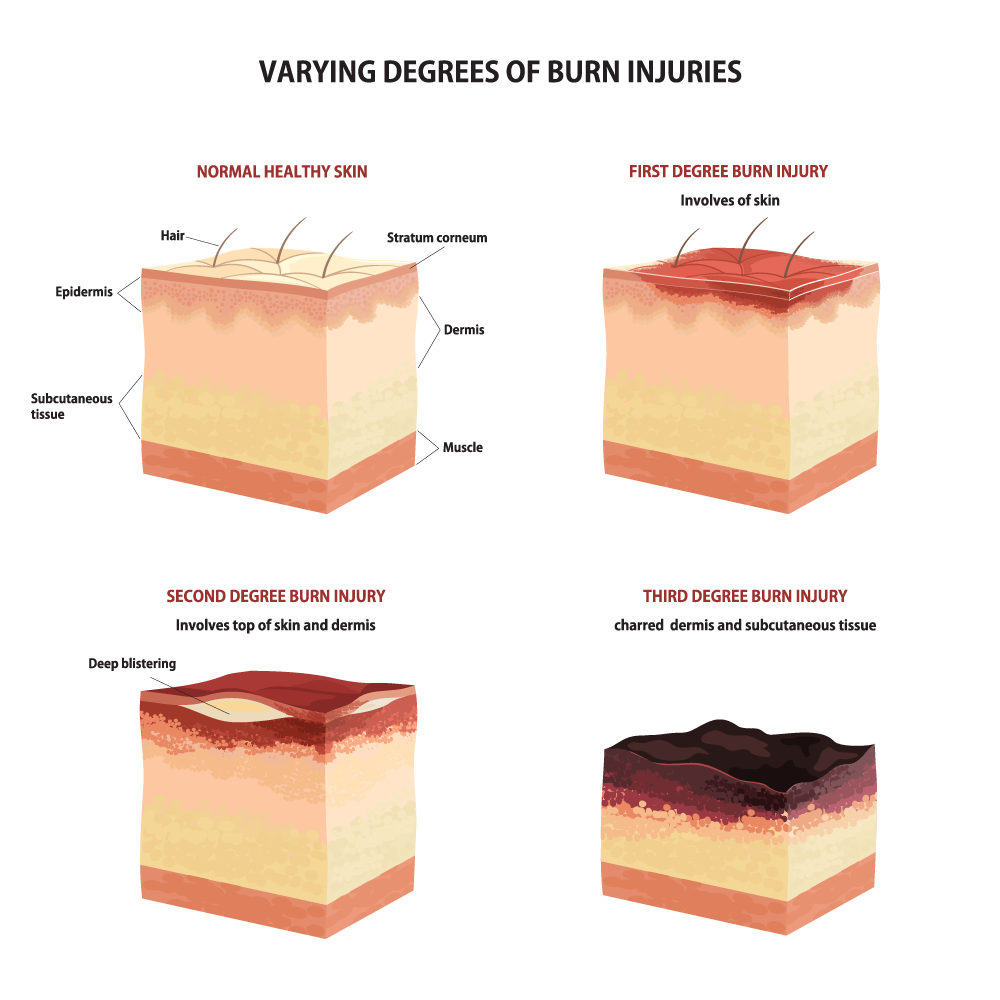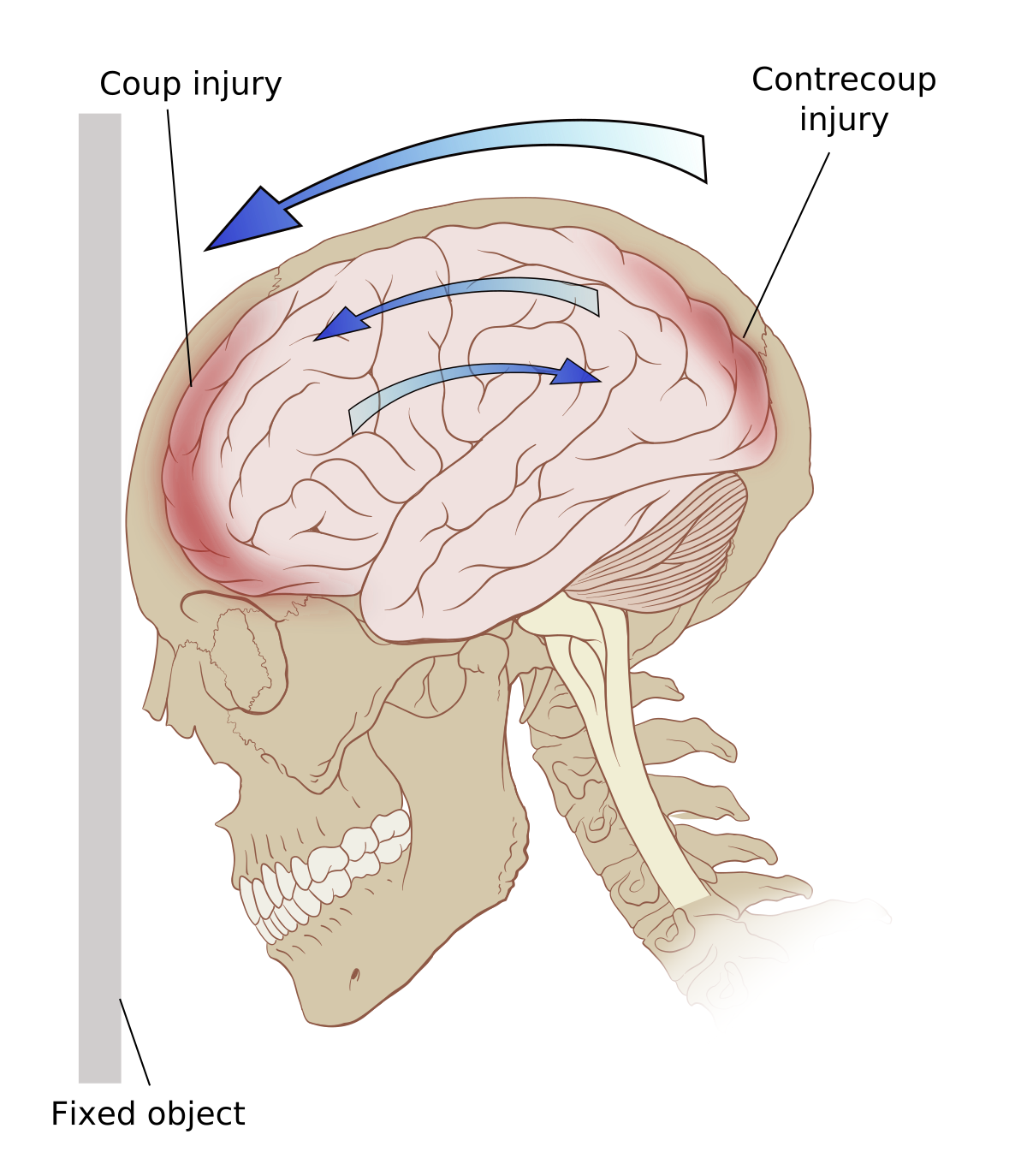Chemical injuries are produced by contact with caustic materials (acids and bases) that damage cells by directly reacting with cellular components to alter or destroy their structure. The severity of the injury is dependent on the concentration and amount of chemical agent and the duration with which it is in contact with tissue.
Chemical burns range from mild to severe. Mild chemical burns usually heal quickly, but severe chemical burns can cause permanent tissue damage, scarring, or death. Chemical burns require immediate medical treatment.
Who’s at risk for chemical burns?
Anyone who works with chemicals is at risk for chemical burns, including:
Construction workers
Factory workers
Farmers
Laboratory technicians
Mechanics
Military personnel
Plumbers
It is important to note that children (especially toddlers) are at a high risk for burns caused by household chemical products. They may accidentally touch or swallow detergents, bleach, or cleaning products.
Common examples of chemical injuries include:
Chemical Burns: These occur when corrosive substances like bleach, battery acid, or disinfectants come into contact with the skin, eyes, or internal tissues.
Inhalation Injuries: Breathing in harmful chemicals such as chlorine, ammonia, or carbon monoxide can cause respiratory issues and damage to the lungs.
Eye Injuries: Exposure to chemicals like acids or alkalis can lead to severe eye damage, including burns and vision loss.
Poisoning: Ingesting toxic substances such as pesticides, detergents, or certain household cleaners can result in systemic poisoning.
Skin Irritations and Blisters: Contact with irritants like detergents or solvents can cause skin rashes, blisters, and other dermatological issues.
While there are a multitude of substances that can cause chemical burns, some of the most common include:
Battery acid
Bleach
Detergents
Drain cleaners
Fertilizers
Hair relaxers
Metal cleaners and rust removers
Paint removers
Pesticides
Sanitizers and disinfectants
Swimming pool chemicals
Toilet bowl cleaners
Wet cement
What are the symptoms of chemical burns?
Chemical burns on your skin may cause:
Blisters or scabs
Cracked, dry skin
Pain
Peeling skin
Redness
Skin discoloration
Swelling
Chemical burns in your eyes may cause:
Blurry vision
Eyelid swelling
Pain.
Redness
Stinging or burning
Watery eyes
Blindness (in severe cases)
Chemical burns from ingestion (swallowing) may cause:
Chest pain
Cough
Difficulty speaking (dysphonia)
Drooling
Hoarseness
Low blood pressure (hypotension)
Nausea and vomiting, or vomiting blood
Pain in your mouth or throat (especially when swallowing)
Perforations (holes) in your stomach, esophagus (the tube connecting your stomach and throat), or cornea (the outermost lens of your eye)
Shortness of breath (dyspnea)
Upper airway swelling (edema)
Chemical burn assault crimes, also known as acid attacks or vitriolage, are violent acts that involve throwing corrosive substances, often household chemicals such as bleach or ammonia, on a victim’s body. The common targets of the attacks are the face, head, and neck and the main objective is often not to kill, but to maim and/or punish. Potential consequences for the victims of these crimes range from permanent blindness and disfigurement to long-term feeding difficulties and psychological trauma. Some of the most common motives center on relationship issues, such as marital issues, volatile relationships, revenge for extramarital affairs, divorce, etc. Other motives may involve larceny and assault. Acid attacks take place worldwide but are more prevalent in developing countries.








